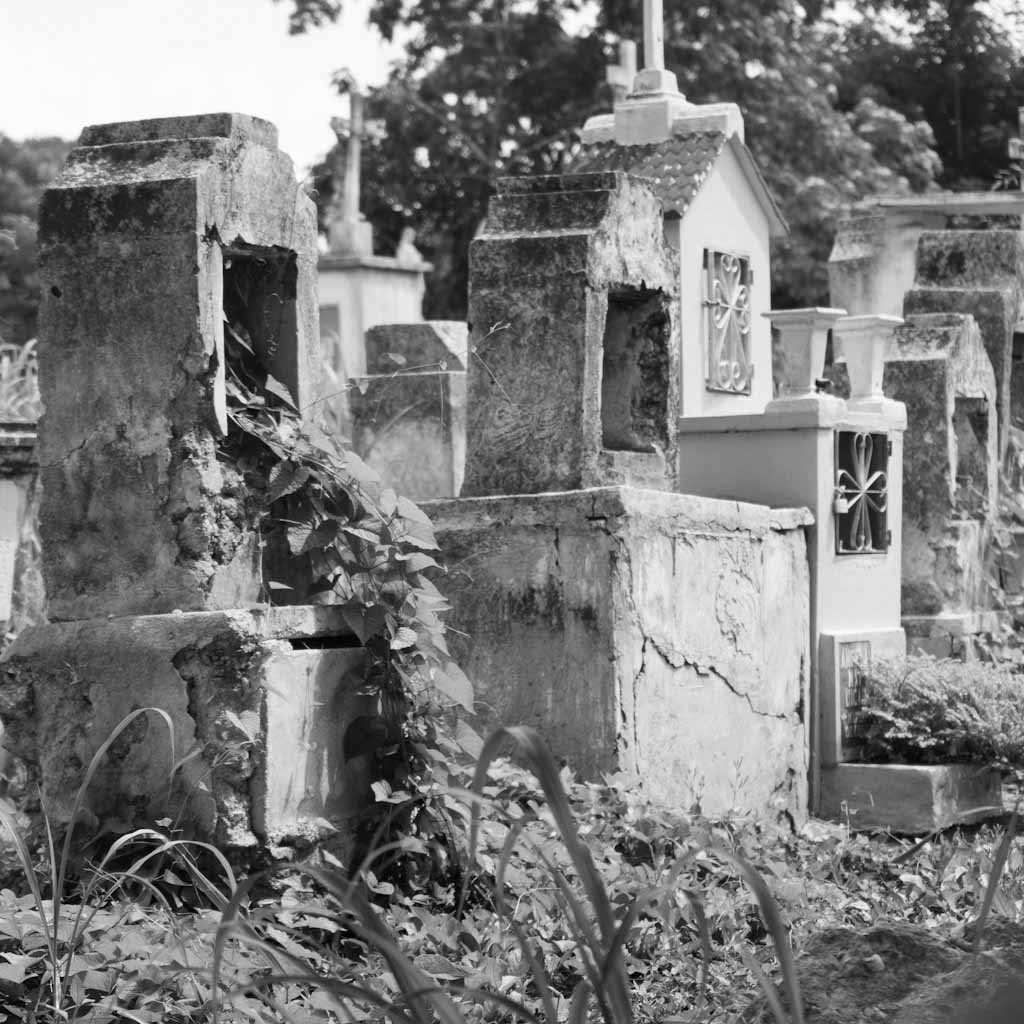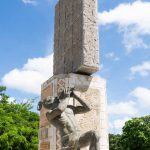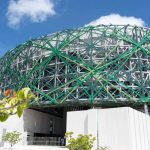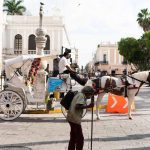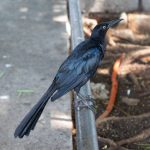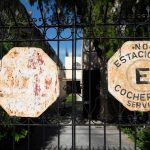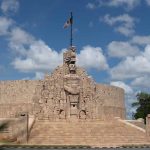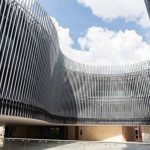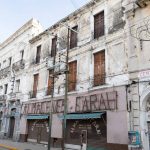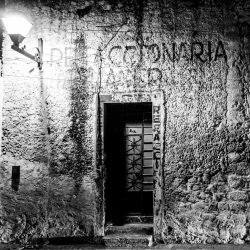Never heard of it? Or thought it was a nice small tourist town? We’ve got some news for you. Merida has almost 900’000 inhabitants, so it’s a massive urban sprawl… with a beautiful colonial heart!
That’s why it doesn’t feel like a huge city. There are hardly any tall buildings, it has a colonial centre with the inevitable Plaza Grande and a nice cathedral. But start driving around, and you discover Merida never stops. (more pictures of Merida can be found here)
CONTENTS
General introduction
The humidity! That’s your first thought after arriving in Merida. The heat here can wear you down when not used to it. Especially as this is a beautiful place to explore by foot.
Merida is known for its performing arts, there is a beautiful relatively new Palacio de la Musica and the classic huge Teatro Jose Peon Contreras. And then there is the not-to-be-missed Mundo Maya museum as well of course.
Food and drinks
Cochinita Pibil (slow-roasted pork) is a regional specialty that you can find in Merida as well. Panuchos are fried tortillas with beans and chicken, not necessarily my personal favorite. Papadzules are hard-boiled eggs wrapped in, of course, tortilla topped by tomato sauce.
Those are some specific regional specialties. Then there are several popular eating zones. Obviously around the Plaza Grande. Then the Parque Santa Lucia has some, slightly more expensive, restaurants. The Paseo de Montejo is the city’s main street, so obviously has several good eating options as well when you walk the first part towards the Justo Sierra monument.
Activities / things to do
- inside the city:
- Gran Museo del Mundo Maya: this modern structure from afar looks like a giant tin can wrapped in steel trusses. The entrance alone, from the atrium going up with escalators, is spectacular. The collection is world-class as well, displaying around 1’100 artefacts of Maya culture. Inconveniently located at the northern edge of town
- Parque Santa Lucia: small park surrounded by eateries. Very popular amongst tourists, especially on thursday evening at 9pm when the famous Yucatan Serenade dances take place
- Parque San Juan: even smaller than Santa Lucia, this is a relaxed space used more by locals
- general cemetery / Cementerio General: massive complex, so huge a normal road drives right through it. Well worth a visit, a healthy walk from the center
- Palacio Canton: museum of the region’s history, in a beautifully renovated building
- Monument Justo Sierra: located on a roundabout slightly north of Palacio Canton, on the famous Paseo de Montejo, this impressive sculpture is worth a visit when you are nearby
- Vaqueria night: free ballet, monday at 9pm (see Food Fun Travel link below for details)
- Pok Ta Pok: is a local ball game. Matches every saturday at 8PM (see Food Fun Travel link below for details)
- Plaza Grande: beautiful, and on sunday afternoon the place-to-be for the siesta
- outside of the city:
- Progreso: the most famous of several beaches close to Merida. You can usually get here by public buses, and it’s a nice daybreak from the city. Other beaches include Sisal, Celestun (known for its flamingos) and Chelem
- Uxmal: you can visit this one by public bus as well, this world-class site of Mayan ruins and the best example of Puuc architecture. The easier option is to book a tour, which will last an entire day and include visits to other ruins, a Chocolate Museum and a dive in a cenote (swimming holes)
- cenotes can be found all around the city. Ask your hotel for the best options
Getting to Merida and getting around
- the city has its own decent-sized airport with connections in the entire country
- alternatively, there are of course long-distance buses. Most have Cancun and/or Cancun airport as its origin or destination, usually with a stop-over in Valladolid. It’s around five-six hours from Cancun
- within the city: the historic centre is small enough to walk. When you venture beyond, it’s wiser to take a taxi or a local bus. The Mundo Maya museum for example is on the edge of town in the north
Miscellaneous
- Weather: the entire Yucatan province is prone to hurricanes during the season (especially August to October). When visiting in September 2020 I was lucky to miss the biggest storm in years by just a week. Apart from hurricanes, the humidity as mentioned can be very challenging. The coastal parts of Yucatan is much more humid than the Pacific coast in general, and uncomfortable so
- Safety: apart from the obvious pickpockets on busy streets and occasions, you ought to be fine
- mentioned before, the Food Fun Travel blog has an elaborate guide on Merida. These people actually lived there for some time, so check out their Merida tips
- sical plants grow in this area. Sical is a material used for super-strong ropes, or for light-weight breathing shirts perfect in the humid Yucatan weather. Ask locals where to buy these shirts
